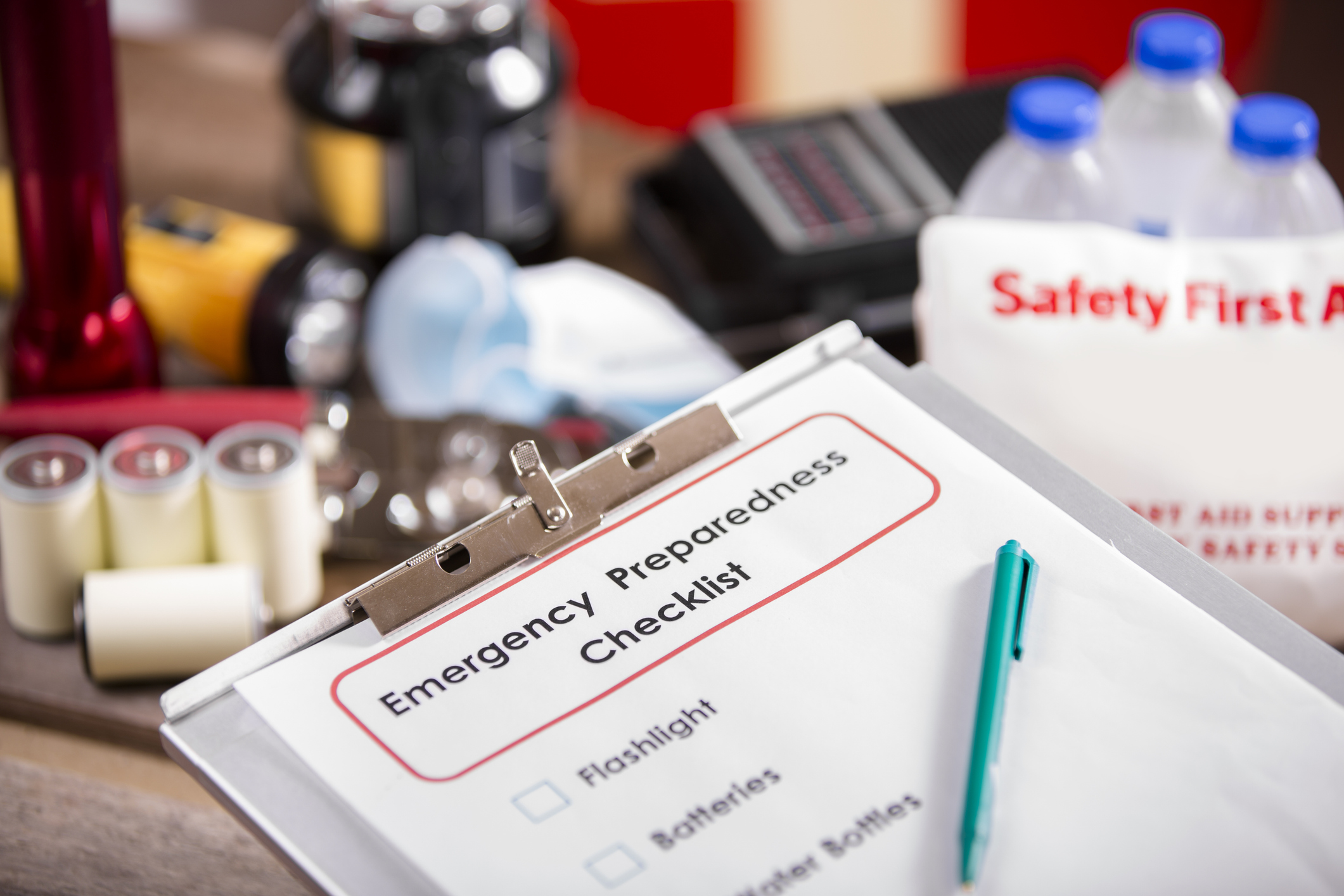All businesses, whether large or small, are vulnerable to unpredictable disasters. While here in Singapore we're not very susceptible to natural disasters, man-made ones such as gas leaks and fires could strike anytime, anywhere.
Therefore, being prepared for such an eventuality can minimize impact on business and save precious time in getting the work processes going again.
If your business is not prepared for an emergency, it's time to create a plan and know how to respond in case such a situation arises. Your emergency plan should be flexible enough to be applicable to a variety of disaster situations. Here are the top five tips to help your business.
Create an Evacuation Plan
Determine possible escape routes from each room in the office in case of disasters and allocate a common meeting area. Remember to include the special needs of any differently abled persons within the office. Perform a drill for evacuation at regular intervals and test the response strategy frequently within the office. Additionally, eliminate potential hazards by doing a recce to identify loose wiring, blocked doorways and inaccessible stairways.
Provide Training
Equipping every member of the office staff with first-aid and emergency response training can be extremely useful in such situations. Use of available fire extinguishers, first aid kits or other equipment should also form part of this training. Choose a reliable vendor to provide such training and provide the opportunity for your staff to refresh the knowledge regularly as well.
Create a Checklist
It's nearly impossible to take swift, well thought out plans after an emergency strikes, so creating a checklist beforehand is necessary. Communicate this clearly and circulate it among all staff members. Put up posters in clear sight on doors and walls where it's hard for employees to miss it, and it will serve as a constant reminder to them.
Also, remember to keep a stock of some basic supplies, such as a few days’ worth of biscuits and water, in the office should there ever be a situation where the staff members are unable to leave the premises.
Plan Recovery Costs
Think about how your business will pay for recovery, if faced with a disaster. Evaluate and consider an insurance plan that's best suited to your business needs. Computers, servers, professional equipment, furniture and other electrical fittings could be among the things that need to be repaired or replaced immediately.
Build a Business Continuity Plan
A business continuity plan (BCP) involves recognizing the potential risk a company faces and preparing a strategy with the aim of keeping its personnel, assets and operations safeguarded and functioning if disaster strikes. The use of cloud technology to back up important files and documents can be vital for many organizations in maintaining continuity. For example, in case of a massive fire, physical papers, including business cards, would get destroyed. Since contacts are crucial to run a business, having a BCP can secure your organization’s precious database by using a cloud-based contact management service such as Sansan to store all business contacts.
Being prepared for a disaster isn't a luxury; it's a necessity to safeguard your business. Follow these simple steps to reduce your risk in the face of a disaster.



